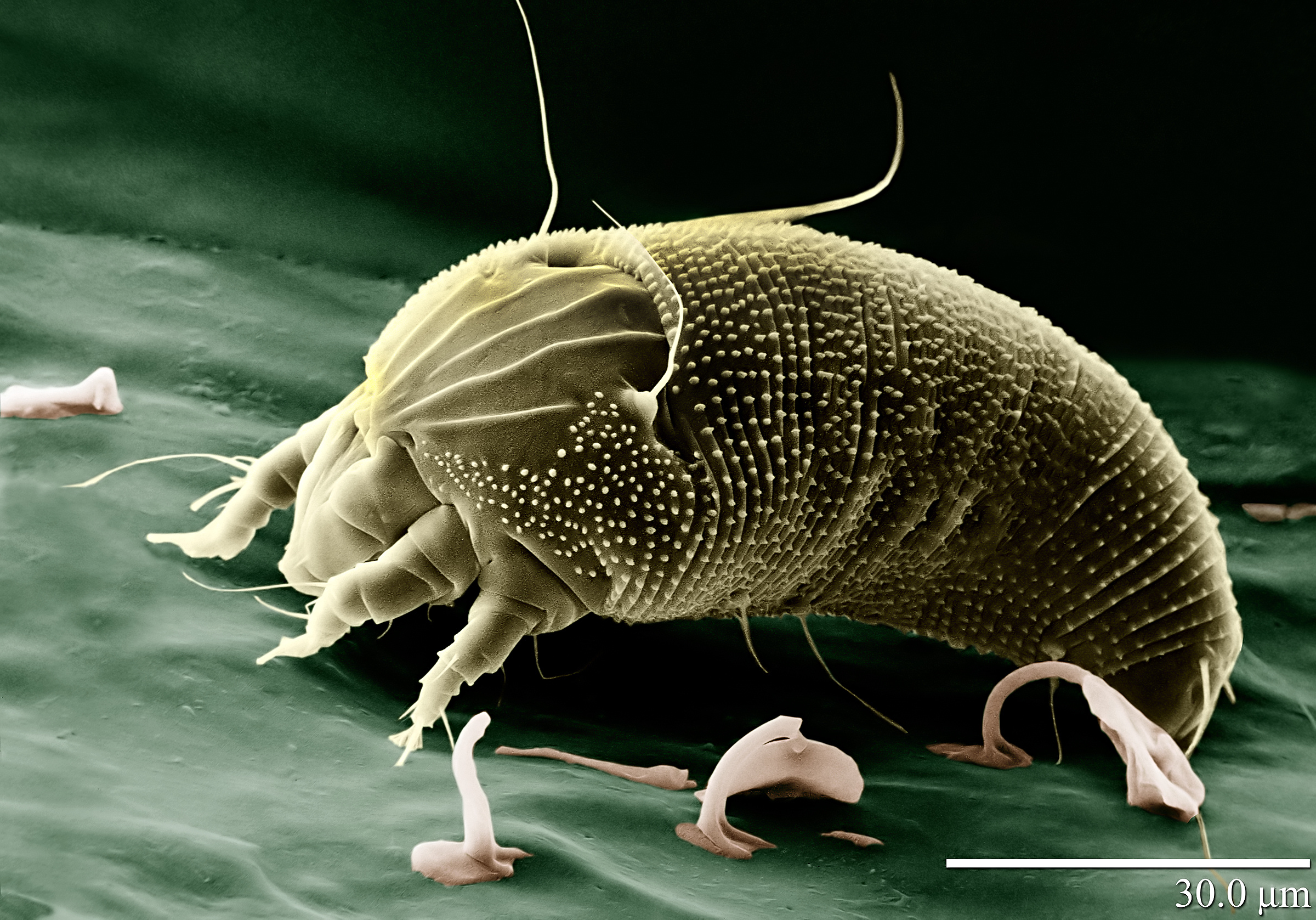|
Acalitus Brevitarsus
''Acalitus brevitarsus'' is an eriophyid mite which induces domed, blister like swellings, known as galls, on some species of alder (''Alnus'' species). Description of the gall A pale, slightly domed swelling on the upper surface, which is induced by mites living and feeding within erineum (hairs), on the lower surface. The hairs are white or yellowish at first, later rust-brown and when viewed with a hand lens, the erineum look like a mat of shiny, glass-like hairs. In the autumn the mites spend the winter in old cones and bark crevices. This gall is found on Italian alder (''Alnus cordata''), European alder (''Alnus glutinosa''), grey alder (''Alnus incana''), ''Alnus'' x ''pubescens'' and ''Alnus viridis''. ;Similar species A fungus, ''Taphrina sadebeckii'', can look similar on the upper surface. Distribution Found in Europe from Spain to Russia including the Balkans The Balkans ( ), also known as the Balkan Peninsula, is a geographical area in southeastern Eu ... [...More Info...] [...Related Items...] OR: [Wikipedia] [Google] [Baidu] |
Eriophyidae
Eriophyidae is a family of more than 200 genera of mites, which live as plant parasites, commonly causing galls or other damage to the plant tissues and hence known as gall mites. About 3,600 species have been described, but this is probably less than 10% of the actual number existing in this poorly researched family. They are microscopic mites and are yellow to pinkish white to purplish in color. The mites are worm like, and have only two pairs of legs. Their primary method of population spread is by wind. They affect a wide range of plants, and several are major pest species causing substantial economic damage to crops. Some species, however, are used as biological agents to control weeds and invasive plant species. Notable species Notable species in this family include: *'' Abacarus hystrix'', the cereal rust mite *''Abacarus sacchari'', the sugarcane rust mite *''Acalitus essigi'', the redberry mite, which affects blackberries *'' Aceria chondrillae'', the chondrilla gal ... [...More Info...] [...Related Items...] OR: [Wikipedia] [Google] [Baidu] |
